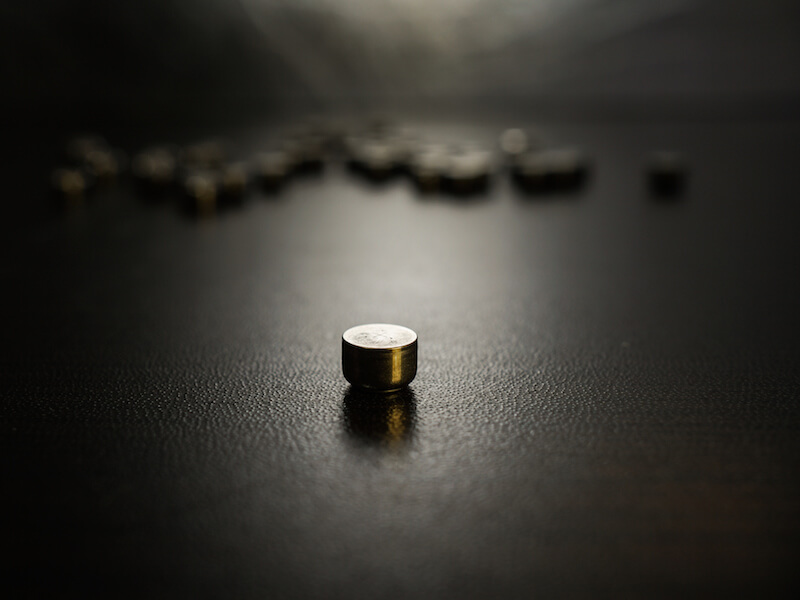
From cameras to phones to music players, how we power our electronics has advanced. For years, those looking to manage hearing loss have hoped for a similar progression, and the industry is finally realizing the promise of a robust rechargeable hearing aid battery.
Disposable hearing aid batteries have traditionally been the power source of choice among manufacturers, with size 312 batteries being one of the more common battery types. Today, the most prominent version of these batteries is known as a “zinc-air” battery.
The Downside to Disposable Hearing Aid Batteries
As the name would indicate, a zinc-air battery is affected by the presence of air. The user needs to tear a little tab off the back of a 312 zinc-air battery to activate it.
The moment it is fully oxygenated, it starts to lose power. So the power is draining even if the user isn’t actively using it.
Most users regard the length of life to be the biggest disadvantage of disposable batteries. Some reports have estimated the average life expectancy of a size 312 disposable battery to be between 3 and 12 days, which means users may have to switch out their batteries around 120 times every year.
That also means users may need to purchase 120 batteries, spend the time twice a week to change them, and properly dispose of each. From a cost perspective alone, that likely means more than $100 in battery costs.
Improvements in Rechargeable Batteries
Rechargeable hearing aid technology has advanced to the point where it’s now a practical solution and that’s great news for people who wear hearing aids.
The vast majority of individuals would use rechargeable hearing aids if given an option according to various studies. In the past, these models were impractical because they didn’t maintain a charge long enough. But modern rechargeable batteries will last all day without requiring a recharge.
Users won’t see substantial cost benefits by switching to rechargeable batteries, but where they will see a demonstrated improvement is in quality of life.
In addition to supplying 24 hours of use time, these new models result in less frustration for the user, since there’s no more changing and properly disposing of batteries. Instead, they only need to pop out the battery and put them in a convenient tabletop charger.
When a disposable battery gets near the end of its life it doesn’t run your hearing aid at full capacity. And you can’t determine how close the battery is to quitting. So the batteries might die at the precise moment that a user needs them the most which could even put them in danger. A dead battery will not only lead to a safety concern, it could cause the user to miss important life moments.
Hearing Aids Come in Different Types
There are unique advantages to each of the different materials that rechargeable batteries are constructed from. Integrated lithium-ion batteries are one alternative being used by manufacturers because of their ability to hold a 24-hour charge. And smart-phones are powered by this same type of battery which may be surprising.
Another type of modern rechargeable battery is a silver-zinc. This innovative technology was initially manufactured for NASA’s Apollo moon missions. You can even use this technology to update and retrofit the existing hearing aids you’re comfortable with by changing the device to rechargeable power. Just like lithium-ion, silver-zinc can also supply enough power to last you all day.
There are also models that let you recharge the hearing aid without taking out the battery. During the night, or at some other time when the hearing aid is not being used, the entire hearing aid can be put right into the charger
Whichever option you decide on, rechargeable batteries will be substantially better than disposable batteries. You just have to do some research to decide which option is ideal for your needs.
If you’re searching for more information about hearing aid technology or how to select the ideal hearing aid to satisfy your needs, we encourage you to look at our hearing aids section.
